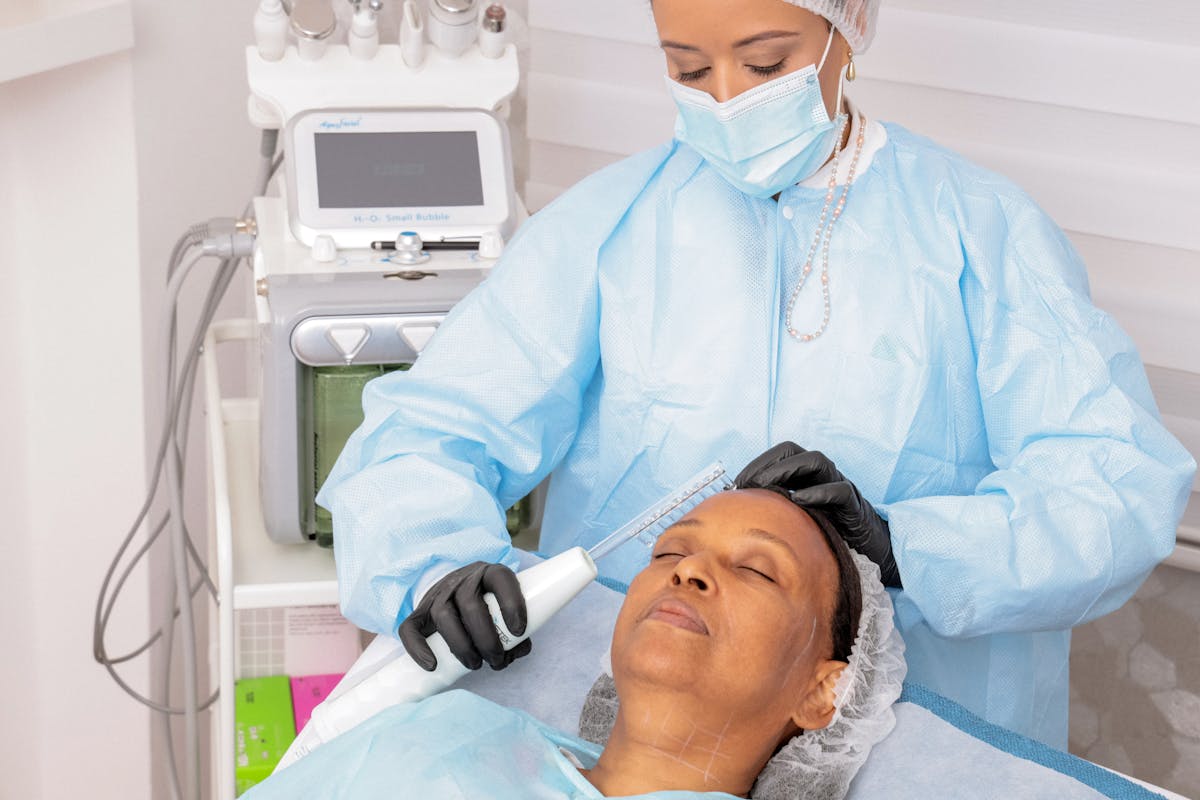Accidents happen, and it's always better to be prepared than sorry. Having a first aid kit in your home or workplace is essential for any emergency.
In this article, we will discuss the importance of having a well-stocked first aid kit on hand and what items should go into one. No matter where you are-at work, at home, or outdoors-accidents can occur without warning. You might cut yourself while cooking dinner; your child could scrape their knee when playing outside; someone else may suffer from an allergic reaction during an outing with friends, or you could be involved in an accident that requires immediate medical attention. It's important to have the necessary supplies ready so that you can respond quickly and effectively in these situations.
Enter: The First Aid Kit! Having access to basic medical supplies has been known to save lives whenever tragedy strikes unexpectedly, but knowing which specific items belong in a first aid kit isn't common knowledge amongst many people today - even though it pays off big time if something were ever to occur unexpectedly far away from help! As such, preparing ahead of time by stocking up on the right materials is incredibly important - regardless of whether they're stored at home or carried along while travelling - so as not to miss out on anything crucial during times of need!
What should go in a first aid kit?
Having a first aid kit stocked with necessary items is an important part of being prepared for any unexpected medical emergency. Its contents should include, at the very least, antiseptic wipes, bandages, sterile gauze pads, adhesive tape, tweezers and scissors, antibiotic ointment, a thermometer, and non-latex gloves. It is also a good idea to keep pain relievers, antihistamine medication, and anti-diarrheal medication on hand in case of any minor health issues. Additionally, if you know or suspect that you or someone in your family has an allergy or other medical condition, it is important to store the appropriate medications in your first aid kit as well.
Why having a first aid kit is important
Having a first aid kit is essential to ensure the safety and well-being of yourself and those around you. In the event of an accident or medical emergency, having all the necessary materials within easy reach can be a lifesaver. By having a basic kit, you can be prepared for minor injuries and illnesses, as well as more severe issues that require professional medical attention. Having the right materials on hand can mean the difference between getting the proper treatment quickly and having to wait for help to arrive. A well-stocked first aid kit can also provide peace of mind that you are prepared in case of an unexpected event.
Knowing when to use medical supplies in your kit
Having a first aid kit is important, but it is even more important to know when and how to use the medical supplies in your kit. Depending on the severity of the injury or illness, you may need to seek professional medical attention. Knowing how to properly administer treatments to minor injuries can help prevent health risks and potentially life-threatening situations. If you feel any unsureness about the use of medical supplies, it is best to seek professional help.
Materials for Scratches and Cuts
When it comes to dealing with minor scrapes and cuts, it is important to keep a few items in your first aid kit. Gauze dressings, adhesive bandages, and antiseptic wipes are essential for cleaning the wound and preventing infection. Tweezers can be useful for removing slivers, and an antiseptic ointment can help speed the healing process. Additionally, keep a pair of medical-grade gloves in your first aid kit in case you ever have to treat a bleeding wound.
Materials for Blisters and Corns
When it comes to blisters and corn, it is important to have materials that can help treat these medical conditions. For blisters, it is recommended to have antibacterial ointment, band-aids, and gauze pads. For corns, moleskin padding or toe caps can help provide cushioning and protection from further irritation. Additionally, a pair of tweezers can come in handy for removing any splinters or thorns that may be stuck in the skin.
Materials for Burns
Burns can be a common and potentially dangerous injury. Keeping the right materials in your first aid kit can help you to properly treat them. Make sure to include items like sterile gauze pads, antiseptic ointment, and a burn gel or cream. You should also include a set of tweezers to remove splinters and debris from the skin. If you are dealing with a more serious burn, it is important to seek medical attention. Having the right materials in your first aid kit can help to reduce the effects of a burn until medical help arrives.




